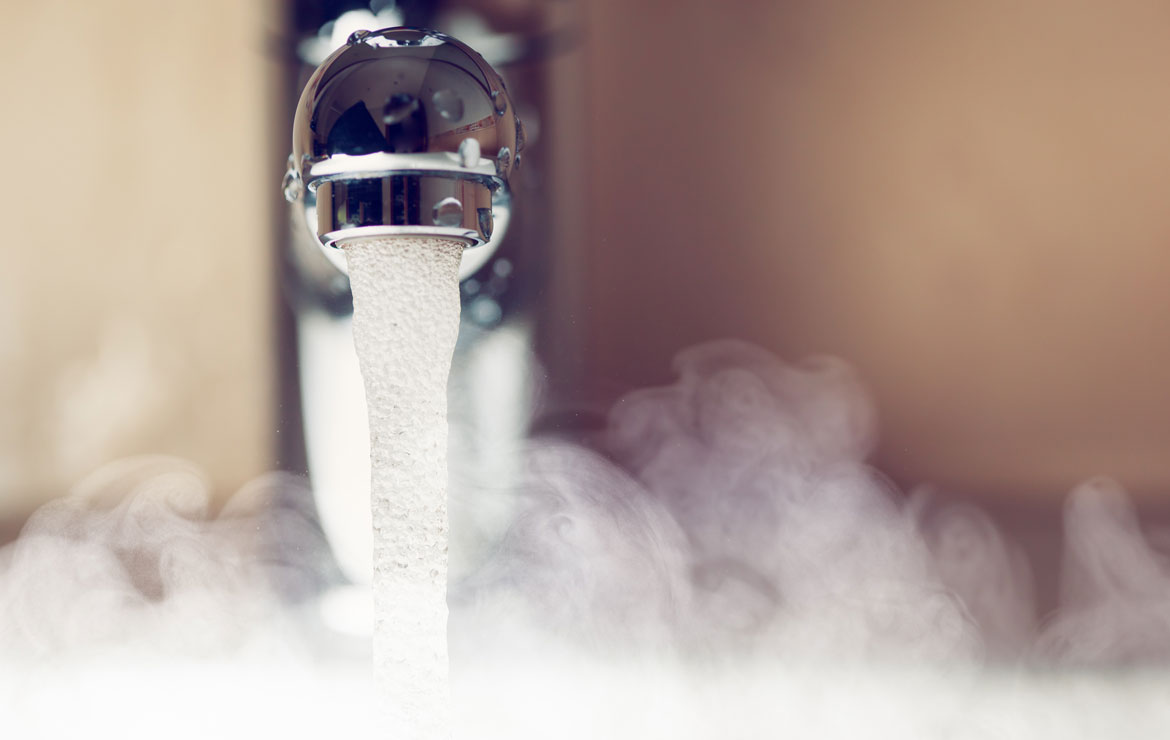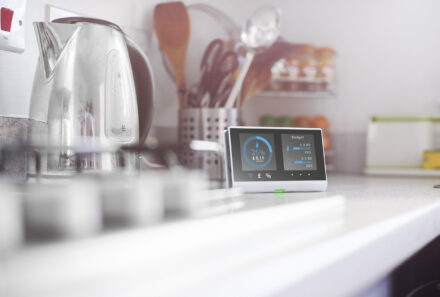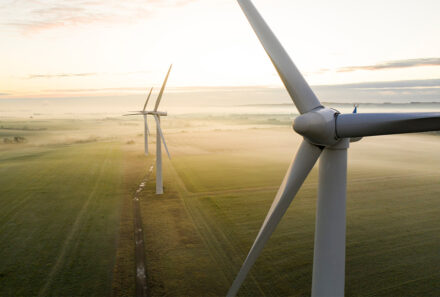
Why wait for hot water? CombiSave can help
From running a shower and rinsing the dishes to washing hands and taking a bath – hundreds of millions of litres of water are wasted every day as people turn on their hot tap and wait for the water from a combination boiler to reach a useable temperature.
Kenneth Maxwell, sales manager at CombiSave manufacturers Teddington Appliance Controls, looks at the merits of fitting thermostatically controlled valves to improve the efficiency of combination boilers and to reduce energy costs.
Research has shown that up to eight litres of water can be wasted every time someone turns on a hot tap and waits for the water to reach the required temperature.
With more than 60% of the UK’s 27 million households now using a combi-boiler, that means hundreds of millions of litres of water unnecessarily goes down the plughole every day.
In the correct circumstances, thermostatically controlled valves can prove effective in helping to significantly reduce water wastage as well as lower gas usage by controlling he flow of cold water until the desired temperature is reached. The result can be lower bills for the householder and less time waiting for hot water to appear.
Independent testing has shown that such devices can save households anywhere up to 30,000 litres of water a year – depending on the number of people living in the home and how much water they use in general.
Operation and installation
The valves are easy to fit. In most cases installation should take no longer than 15-20 minutes as it is simply a case of inserting into the boiler’s hot water outlet pipe. Ideally this should be within 500mm of the boiler – although distances can vary depending on the valve used.
Before fitting the valve it is important to:
- Check the minimum flow and pressure are correct
- Ensure the boiler will pass the maximum flow rate +/- 10%
- Check the boiler operates correctly at the minimum flow rate
- Ensure there are no existing leaks on the pipework
After fitting, turn on the water supply and bleed the hot water system before reinstating the power. Check the installation for leaks and ensure that all hot water outlets are working correctly.
When the hot tap is turned on the valve should restrict the flow of cold water (usually to around 2.5l/min – 3l/min). This can be checked by using a watch and placing a measuring jug under the chosen tap.
Once water has reached the predetermined temperature the valve opens fully – allowing water to be delivered to the tap at normal flow rates.
Briefing the householder is therefore essential. It is normal that they will notice a reduction in flow when they first turn on their hot water tap or shower. The device is holding back the water to a lower flow until it reaches the desired temperature.
It is also worth checking that the valve’s bypass flow rate has been set correctly. If the boiler fails to fire when another tap or outlet is running, the rate is likely set too low. If the water runs intermittently slow and fast/hot and cold, then the cold water flow through the boiler is too high.
Considerations
Although suitable for most combination boilers, there are some models for which such thermostatically controlled valves may not be appropriate. For example, those that already incorporate a water saving device and those with an inbuilt thermal store. If the householder has an older boiler then the benefits may also be minimal.
For best results, it is also recommended that the boiler’s pre-heat function is switched off. At first glance, pre-heat appears to be a good solution to reducing water waste because it minimises the waiting time for hot water. However, most water efficiency valves act as a pre-heat replacement so the function is unnecessary.
Benefits
There are significant potential savings for householders – although these will vary depending on their individual circumstances. For those on a water meter and with a long hot water run for example, valves of this type can prove very cost effective, paying for themselves within a year or less by helping to reduce water and gas bills.
For helping to improve boiler water efficiency they should certainly be considered, with the potential to save 10,000s of litres of water a year.







